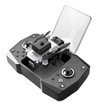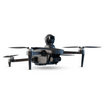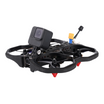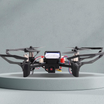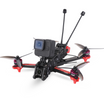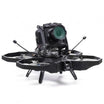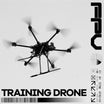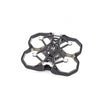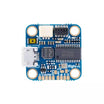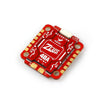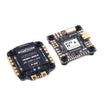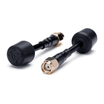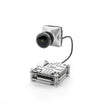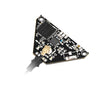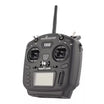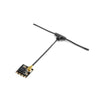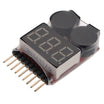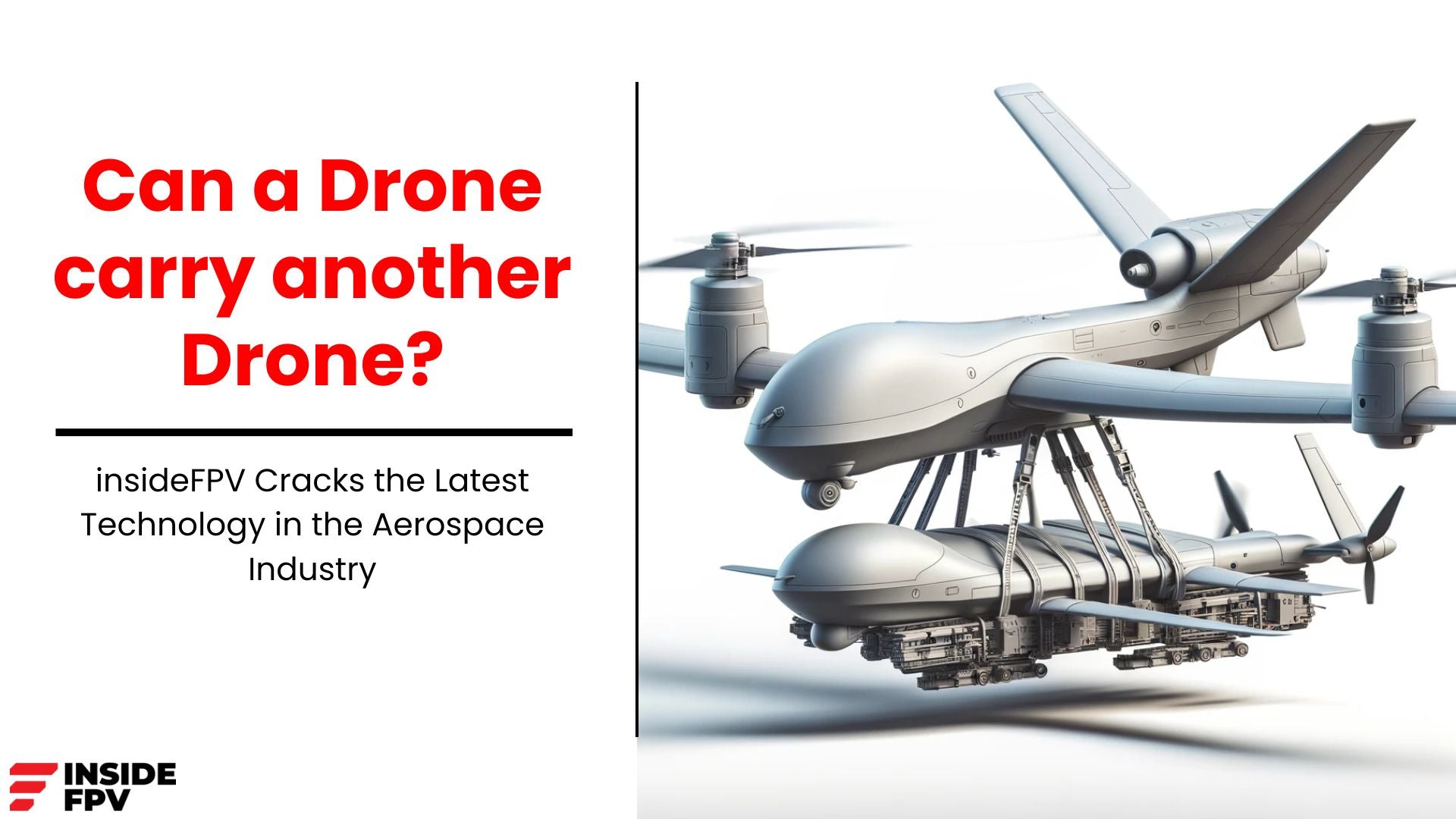In recent years, the use of unmanned aerial vehicles (UAVs), or drones, has increased rapidly in many industries. Drones offer new abilities and efficiency. However, like any new technology, the misuse of drones poses risks to public safety, national security, and privacy. This has created an urgent need for effective anti-drone systems, designed to detect, track, and stop unauthorized or dangerous drone activities. These systems have become essential tools for protecting sensitive areas, critical infrastructure, and preventing potential threats.
Understanding Anti-Drone Systems
Anti-drone systems, also called counter-unmanned aerial system (C-UAS) technologies, are a set of integrated solutions that detect, identify, track, and mitigate unauthorized or hostile drone activities. These systems use various detection methods, such as radar, cameras, radio frequency sensors, and acoustic sensors, to detect and locate drones in the airspace. Once detected, these systems can employ countermeasures to neutralize the threat, either by disrupting the drone's communication links, jamming its navigation systems, or, in extreme cases, physically intercepting and capturing the drone.Necessity of Anti-Drone Systems
The need for anti-drone systems has become increasingly clear due to the growing number of incidents involving drones leading to security risks. Drones have been used for illegal purposes, such as smuggling contraband into prisons, conducting unlawful surveillance, or even carrying explosives or other harmful payloads. Additionally, the risk of drones accidentally entering restricted airspace, such as near airports or military installations, can have severe consequences. Anti-drone systems provide a crucial layer of defense against these threats, ensuring the safety and security of critical assets, infrastructure, and public spaces.
Applications of Anti-Drone Systems
Anti-drone systems find applications across a wide range of sectors, including:
- Military and Defense: Protecting military bases, forward operating bases, and other sensitive installations from potential drone threats.
- Airport Security: Securing airspace around airports and preventing unauthorized drone activity, which poses risks to aircraft operations.
- Critical Infrastructure Protection: Safeguarding facilities such as power plants, oil refineries, and telecommunication centers from drone-based threats.
- Public Events and VIP Security: Mitigating potential threats and ensuring public safety at large public gatherings, concerts, and events involving high-profile individuals.
- Border and Perimeter Security: Detecting and countering unauthorized drone activity along borders and perimeters, supporting border security efforts.
Advantages of Anti-Drone Systems
Anti-drone systems offer several advantages, making them an invaluable asset in ensuring safety and security:
- Early Detection and Tracking: These systems can detect and track drones at extended ranges, providing early warning and situational awareness to security personnel.
- Comprehensive Monitoring: With multiple detection methods, anti-drone systems can effectively monitor airspace and identify potential threats from various angles.
- Adaptability: Advanced anti-drone systems can be customized and integrated with existing security infrastructure, making them adaptable to diverse operational environments.
- Deterrence and Prevention: The mere presence of anti-drone systems can act as a deterrent, discouraging potential bad actors from attempting unauthorized drone activities.
- Forensic Data Collection: Anti-drone systems can capture valuable data, such as flight paths and communication signals, aiding in post-incident investigations and evidence gathering.
Overcoming Challenges
Despite the numerous advantages of anti-drone systems, there are challenges that must be addressed to ensure their effective implementation:
- Distinguishing Legitimate Drones: Anti-drone systems must be able to accurately distinguish between authorized and unauthorized drones to avoid disrupting lawful operations.
- Regulatory Compliance: The deployment and operation of anti-drone systems may be subject to regulatory frameworks and legal restrictions, which must be carefully navigated.
- Integration with Existing Systems: Seamless integration with existing security infrastructure, such as surveillance cameras and access control systems, is crucial for a comprehensive defense strategy.
- Cost-Effectiveness: Striking a balance between advanced capabilities and cost-effectiveness is essential, particularly for organizations with limited budgets.
Future Advancements
The anti-drone industry is rapidly evolving, and future advancements are expected to further enhance the capabilities of these systems:
- Artificial Intelligence and Machine Learning: AI and ML algorithms can improve detection accuracy, threat assessment, and decision-making processes.
- Drone Swarm Mitigation: Techniques to counter coordinated swarms of drones will become increasingly important as this threat evolves.
- Non-Kinetic Countermeasures: Development of non-destructive countermeasures that disable drones without causing physical damage will be a focus area.
- Regulatory Frameworks: Evolving regulations and guidelines will shape the deployment and use of anti-drone systems, ensuring responsible and ethical implementation.
Conclusion
As the use of drones continues to grow, the need for effective anti-drone systems has become very important. These systems provide a critical layer of security, safeguarding sensitive areas, critical infrastructure, and public spaces from potential drone-based threats. By using advanced detection technologies and countermeasures, anti-drone systems offer a comprehensive defense against unauthorized or malicious drone activities. While challenges remain, ongoing advancements in technology, regulatory frameworks, and industry best practices will further enhance the capabilities and widespread adoption of these systems. Ultimately, anti-drone systems represent a necessary solution to the perils posed by the misuse of drone technology, ensuring a safer and more secure environment for all.

